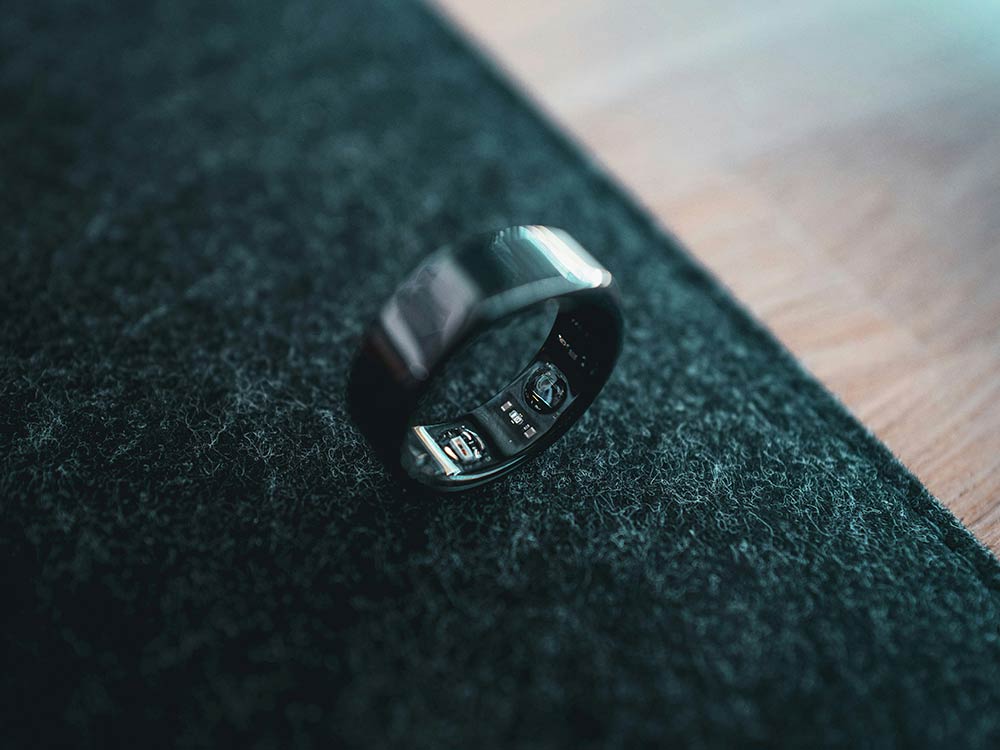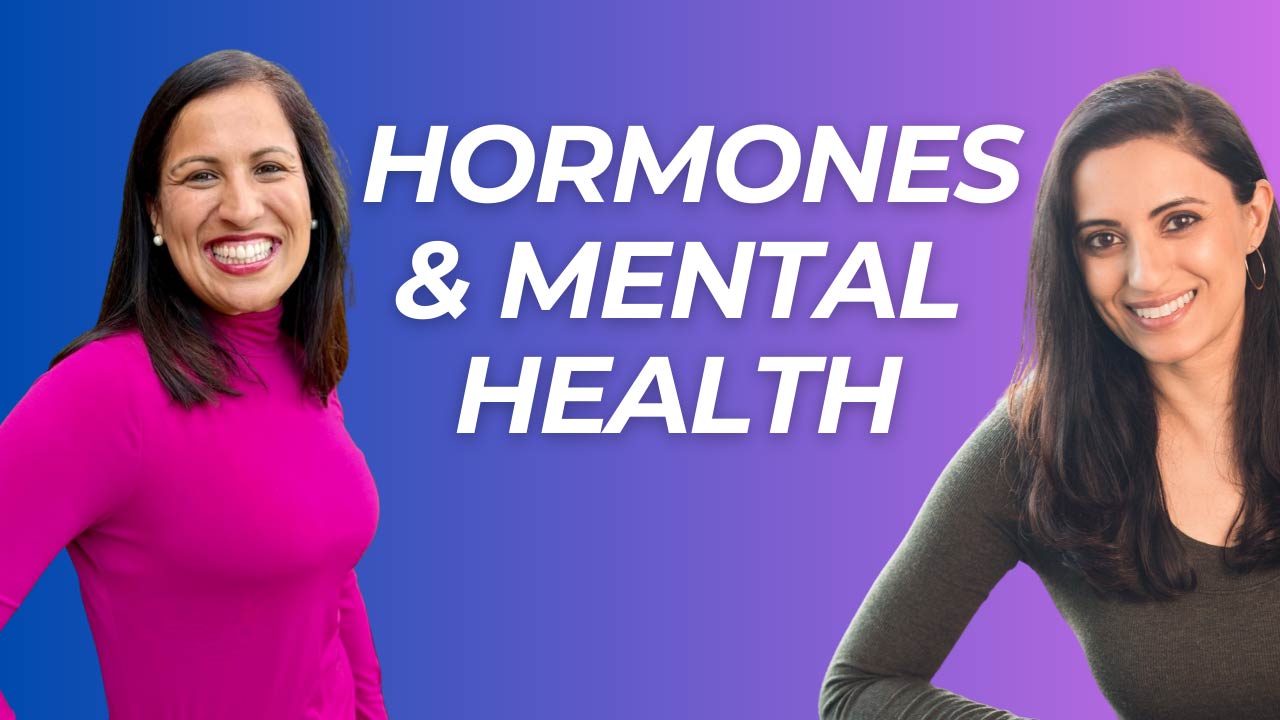As a sleep physician and psychiatrist, I’ve found the Oura Ring to be a surprisingly useful tool, both personally and clinically.
I’ve worn my Oura Ring for years and regularly use it to track sleep trends in relation to lifestyle factors like late-night screen time, stress, and diet. While I’ve always known I sleep better after a nature hike or worse after a late dinner, having objective sleep data makes these patterns undeniable.
It turns out my HRV tanks after evening laptop use or meals close to bedtime—exactly what I counsel patients about. Tools like this can be a valuable addition to our clinical sleep toolkit…when used wisely.
How Clinicians Can Use the Oura Ring in Practice
Here are 3 practical ways doctors can integrate the Oura Ring into clinical conversations about sleep health:
1. Monitor HR and HRV as Stress Biomarkers
The Oura Ring performs well in capturing nocturnal heart rate and HRV (heart rate variability). Several validation studies have shown a high correlation with ECG overnight HRV readings [1–3].
‣ Use Case: For patients dealing with burnout or ANS dysregulation, these metrics offer a non-invasive way to measure recovery, especially in response to interventions like mindfulness or behavioral and lifestyle changes.
2. Track Sleep, But Focus on Trends, Not Sleep Stages or Single Nights
While the Oura Ring does a decent job estimating total sleep time, its sleep staging accuracy doesn’t match polysomnography (PSG) [4].
‣ Tip: Encourage patients to look at sleep trends over time rather than individual nights or specific stages. Emphasize that we’re not diagnosing, we’re pattern-tracking.
3. Support Lifestyle Interventions with Wearable Feedback
A recent 12-month study showed that pairing the Oura Ring with guided health coaching improved sleep, activity, and metabolic health markers [5].
I’ve seen this play out in real life. When patients visualize how meditation or limiting alcohol affects their HRV and sleep quality, they’re more likely to stick with healthy behaviors.
How Patients Can Share Oura Ring Sleep Data with You
Patients can now easily export their sleep data using the “Shareable Sleep Reports” feature. Just go to the top-left menu, > “Shareable Reports” > “Sleep Reports” > Choose your time frame > Download the PDF.
3 Common Pitfalls of Sleep Wearables
While wearables can be helpful, they come with limitations. Here’s what to watch for:
1. Orthosomnia or obsessive behaviors:
Some patients develop sleep-related anxiety or obsessive behaviors around sleep and activity tracking, fixating on their scores instead of tuning into their body.
In those cases, I recommend taking a break for a few weeks or months, and shifting attention to how they feel.
2. Over-Reliance on Metrics:
Data is not the whole picture. Patients may feel fine but score “poorly”, or vice versa. Teach them to listen to their body first.
3. Skipping Medical Evaluations:
A good score doesn’t rule out sleep apnea, mood disorders, or circadian rhythm issues. Wearables complement, not replace, your clinical judgment.
3 Sleep Coaching Tips for Doctors Using Oura Ring Data
Track Trends, Not Single Nights
Two weeks of data gives a clearer picture than a single off-night.
Use Data to Build Insight
Let patients discover how lifestyle impacts sleep…especially caffeine, alcohol, and late screen use.
Watch for Tracking Burnout
If the ring is causing more stress than clarity, press pause. Help patients reconnect with body cues, lifestyle changes, mindfulness, and what I like to call Vitamin J (Joy).
Final Word: The Oura Ring Is Like a Stethoscope for Sleep
The Oura Ring is not a diagnostic device, but it’s a powerful adjunct when paired with clinical insight. Think of it as a modern stethoscope for sleep and recovery…helpful for gathering clues, but not the whole story.
Want More Clinical Sleep Tips for Healthcare Professionals?
Check out our Sleep Medicine Pearls Course for Clinicians
Did you learn something today? Click here to find out how Learner+ can help you meet your evolving educational goals. https://champions.learner.plus/?champion=Dr%20Nishi%20Bhopal
References:
1. Kinnunen H, Rantanen A, Kenttä T, Koskimäki H. Feasible assessment of recovery and cardiovascular health: accuracy of nocturnal HR and HRV assessed via ring PPG in comparison to medical grade ECG. Physiol Meas. 2020 May 7;41(4):04NT01. doi: 10.1088/1361-6579/ab840a. PMID: 32217820.
2. Cao R, Azimi I, Sarhaddi F, Niela-Vilen H, Axelin A, Liljeberg P, Rahmani AM. Accuracy Assessment of Oura Ring Nocturnal Heart Rate and Heart Rate Variability in Comparison With Electrocardiography in Time and Frequency Domains: Comprehensive Analysis. J Med Internet Res. 2022 Jan 18;24(1):e27487. doi: 10.2196/27487. PMID: 35040799; PMCID: PMC8808342.
3. Herberger S, Aurnhammer C, Bauerfeind S, Bothe T, Penzel T, Fietze I. Performance of wearable finger ring trackers for diagnostic sleep measurement in the clinical context. Sci Rep. 2025 Mar 19;15(1):9461. doi: 10.1038/s41598-025-93774-z. PMID: 40108409; PMCID: PMC11923143.
4. Robbins R, Weaver MD, Sullivan JP, Quan SF, Gilmore K, Shaw S, Benz A, Qadri S, Barger LK, Czeisler CA, Duffy JF. Accuracy of Three Commercial Wearable Devices for Sleep Tracking in Healthy Adults. Sensors (Basel). 2024 Oct 10;24(20):6532. doi: 10.3390/s24206532. PMID: 39460013; PMCID: PMC11511193.
5. Browne JD, Boland DM, Baum JT, Ikemiya K, Harris Q, Phillips M, Neufeld EV, Gomez D, Goldman P, Dolezal BA. Lifestyle Modification Using a Wearable Biometric Ring and Guided Feedback Improve Sleep and Exercise Behaviors: A 12-Month Randomized, Placebo-Controlled Study. Front Physiol. 2021 Nov 25;12:777874. doi: 10.3389/fphys.2021.777874. PMID: 34899398; PMCID: PMC8656237.



